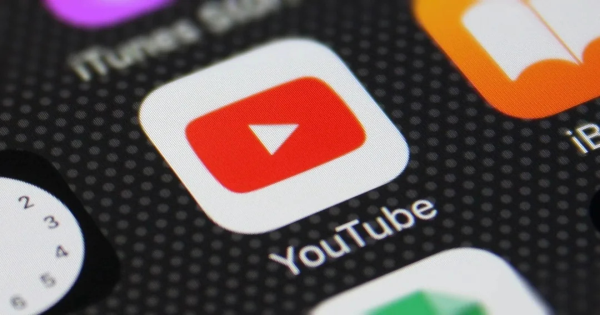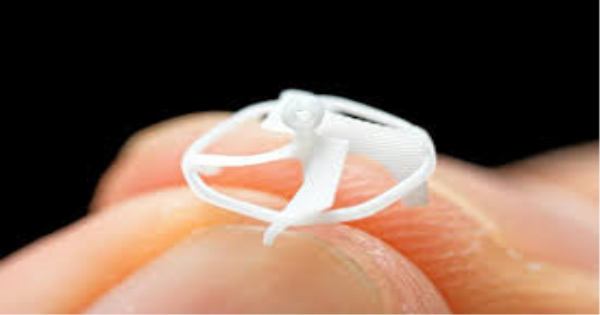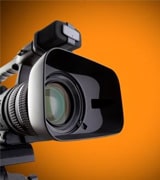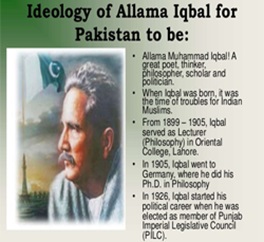Here in this article we are giving the top 10 important inventions that were invented through accident or erroneously lead method.

10. Microwave ovens
Percy Spencer, an engineer from Raytheon Corporation was steering a radar-related research project along with the latest vacuum tube. Spencer recognized that the candy bar in his pocket started to melt during his experiments. After that he put popcorn into the machine, and when that popcorn started to pop, he knew he had an innovative device on his hands.

9. Scotchguard
Patsy Sherman, a well-known American chemist, was allotted in a project of developing a rubber material which would not depreciate from jet African fuel exposure. When she dropped a mixture on her shoe and noticed that one spot of her shoe is clean as well as bright while the rest of it is blemished and dirty as well. Far ahead, along with some more research as well as the experiment she turned this invention into this renowned stain resistant constituent.

8. Teflon
In 1938, Roy Plunkett, a scientist together with DuPont, was functioning on conducts to make fridges more homes friendly by seeking out the techniques to replace the present refrigerant, which was principally ammonia, sulfur dioxide, as well as propane. After the opening of the container on one specific sample he had been developing, Plunkett found his tentative gas was gone. All that was left was an outlandish, slippery resin that was resilient to extreme heat as well as the chemicals.
In the 1940s the material was utilized by the Manhattan project. An era later it set up its way into the automotive industry. Till it was not found the '60s that Teflon would be utilized for its most well-known application-nonstick cookware.

7. Matches
For over 100,000 years, humans have been frolicking with fire. However, no one could actually make a convenient way to begin a fire till a British pharmacist tried to clean his emotive gadget. In year 1826, John Walker was stirring a jar of chemicals when he noticed a dried knob had made on the end of the mixing stick. Without thinking, he tried to plight off the dried gob and suddenly, it catch fire.
Walker was actually not interested in patenting the idea, that’s why Samuel Jones copied the matches and retailed the "Lucifer." They were a bit more practical as compared to the friction lights of Walkers. Lucifers were shorter as well as came in a smaller cardboard box for easy resounding.

6. Saccharin (an artificial sweetener)
The conversant sweetener in the pink packet was unveiled as the Constantin Fahlberg, a researcher from Johns Hopkins University, was just fail to recall to do what even a high school chemistry aspirant knows, 'always swab your hands'. He had leaked a chemical on his hands in the laboratory that produced his bread to taste very sweet. The researcher immediately wished for a bald-faced as well as the mass-produced his product. Happily for the dieters everywhere, he handled not to poison himself beside the way.

5. The Pacemaker
The artificial pacemaker is undoubtedly a miracle of modern science. A small, implantable device that regulates a human heart beat via electrical impulses has saved a lot of lives that was not meant to be invented actually. John Hopps, an electrical engineer was holding the research on hypothermia and was also trying to utilize the radio frequency heating to restore the temperature of the body. During his experiment he realized that if a heart stopped walloping because of the cooling, it could began again through the artificial stimulation. This consciousness might leads to the pacemaker.

4. X-Ray
Wilhelm Roentgen, an unconventional physicist, had showed a great interest in examining the properties of cathode ray tubes. His experiments consist of the passing of electric current through gases at a very low pressure. On 8th November 1895 though he was experimenting, he detected that the specific rays were released during the passing of the current via discharge tube.
His experiment that might consist of working in a completely dark room along with a well-covered discharge tube occasioned in the emission of rays which lit a barium platinocyanide covered screen. The screen became fluorescent although it was placed in the path of the rays, two meters ahead of discharge tube. One week after his discovery, Roentgen took an X-ray photograph of the hand of his wife which clearly exposed her wedding ring as well as her bones.

3. Plastics
Can you imagine carrying water bottles that are made up of clay or utilizing the disposable utensils made up of eggs as well as of animal blood? The myth of the discovery of plastic claims that were it not for two fates, those might be the constituents we would be stuck along with today.
That started in the lab of Charles Goodyear, who joined the rubber along with the sulfur and by chance put it on the stove for some time. When he came back in lab, he found a quite hard and also long-lasting material--created with that procedure ultimately known as vulcanization.

2. Anesthesia
With the absence of this second last accidental discovery in our top ten listing, the medical treatments would be a big pain definitely. Crawford Long, William Morton, Charles Jackson as well as the Horace Wells all come to mind while we talk regarding anesthesia. These men apprehended that in few situations, ether and nitrous oxide (laughing gas) repressed pain in people under their encouragement.
Particularly one example demonstrates the unintended discovery of these complexes that are utilized to avoid pain in the medical field. In year 1844, Horace Wells joined an exhibit and also witnessed a contestant injure his leg whereas under the influence of laughing gas. The man, whose foot was bleeding, told Wells that he did not feel even a minor pain. After that scientists begun to applying anesthesia for dental treatments as well as more developed the innovative medicine.

1. Penicillin
We all have read about it that Sir Alexander Fleming was searching for a "wonder drug" that could remedy the diseases. Though, it was not till Fleming threw away his experiments that he found what he was actually searching for. One day, Fleming observed that a polluted Petri dish he had waste contained a mold that was sheltered in colonies of bacteria, excluding in one zone where a blob of mold was budding. When he cultivated the mold by himself, he comes to know that it delimited a powerful antibiotic that is now known as penicillin. Round the mold there was a region that was free of bacteria, as if the mold had choked the bacteria from diffusion.
Top Contributors
Related Articles
Pakistan Announces Major IT Initiatives to Boost Digital Transformation and Investment
- Ilmkidunya
- 17/Apr/2025








.gif)


































